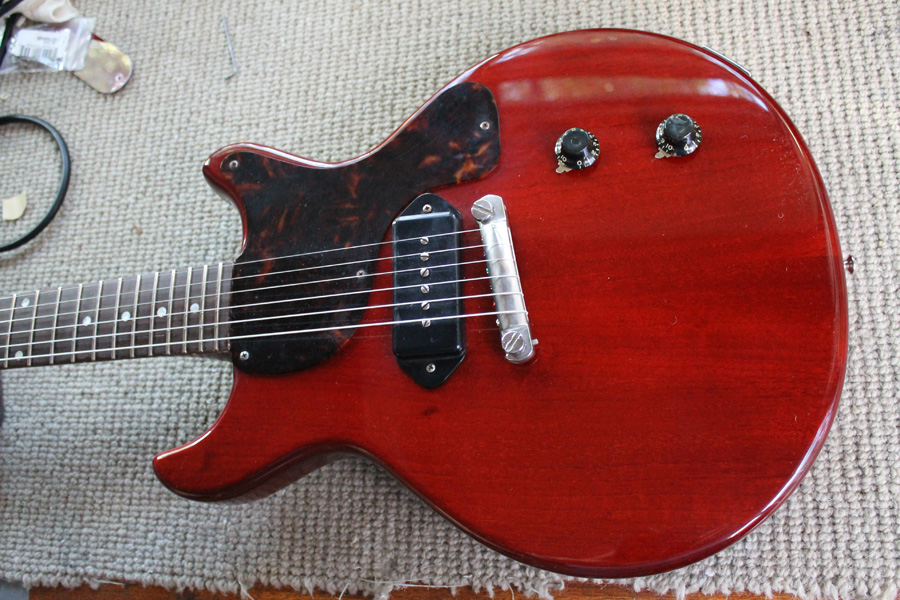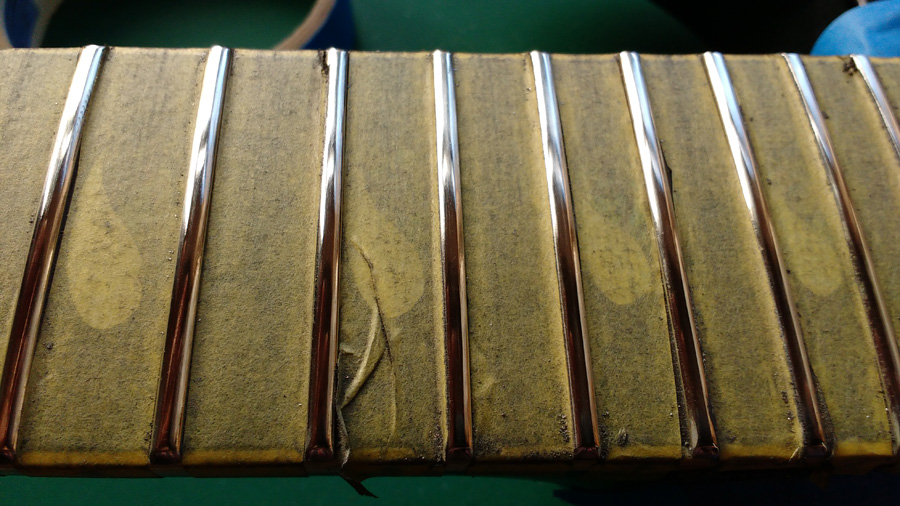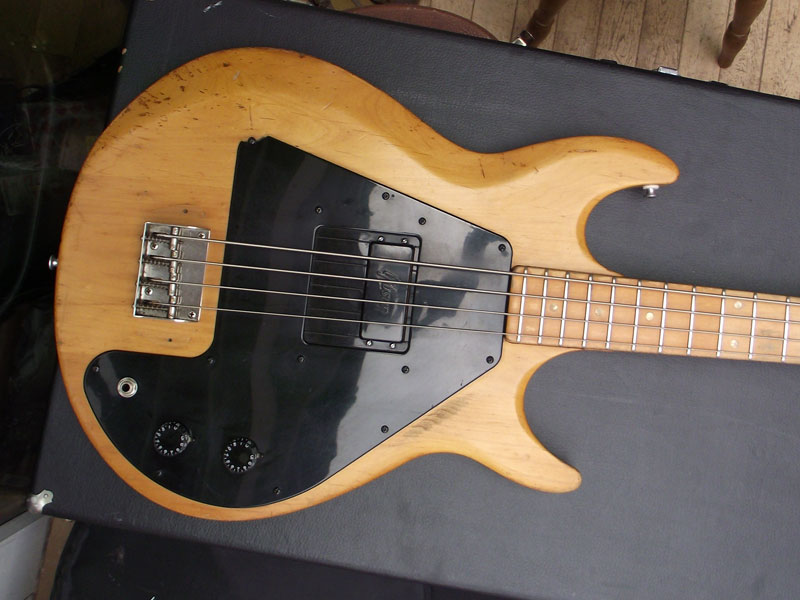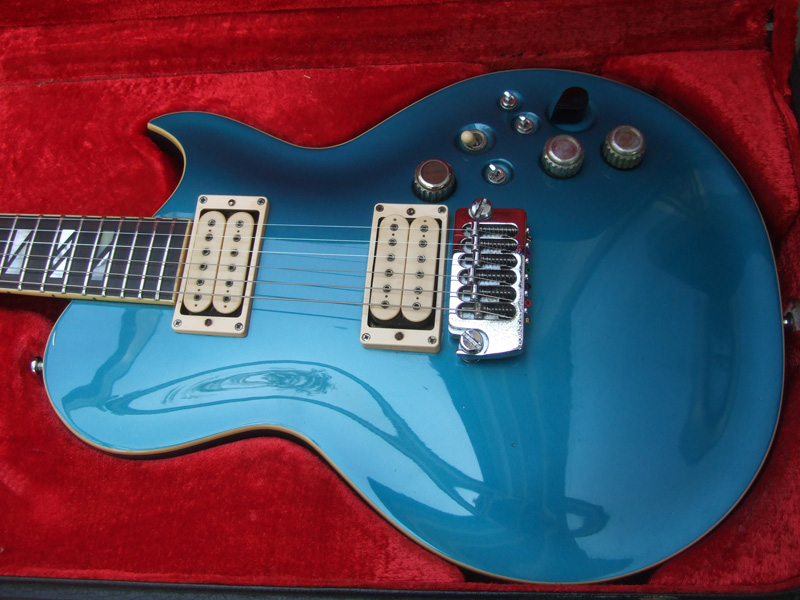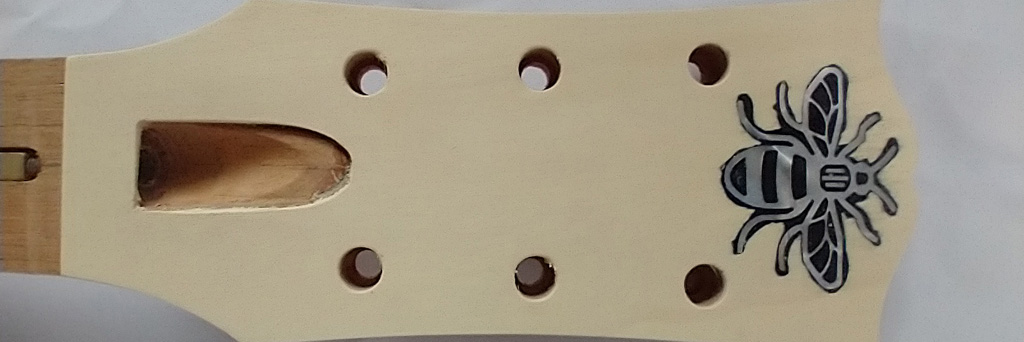
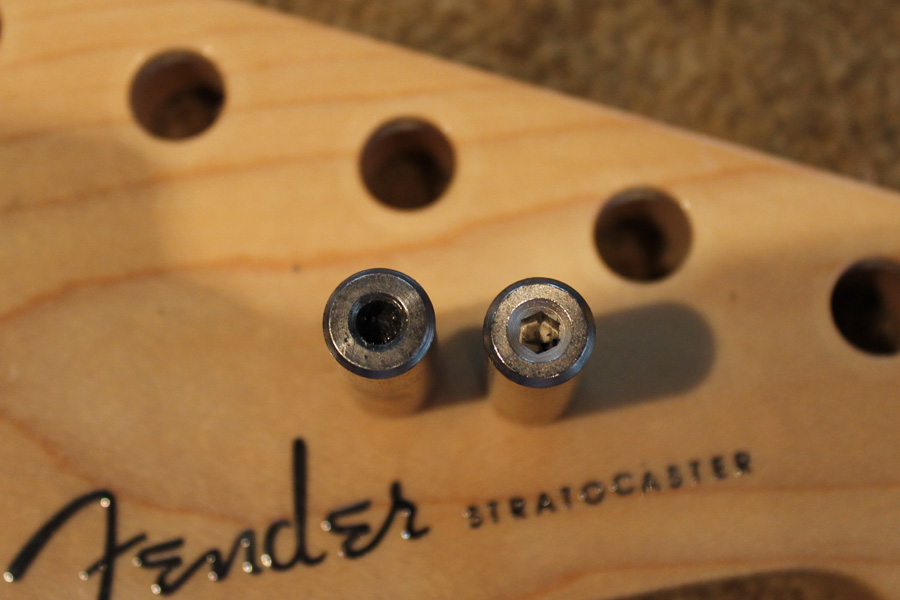
For some reason known only to Fender, the US American Standard Stratocasters and Telecasters use a 1/8″ Allen key to adjust the Bi-Flex truss rod. It’s okay if the rod is working well and whoever adjusts it used a tight-fitting key of the correct size, but if not, the nut can quickly be trashed and require replacement. Replacing …
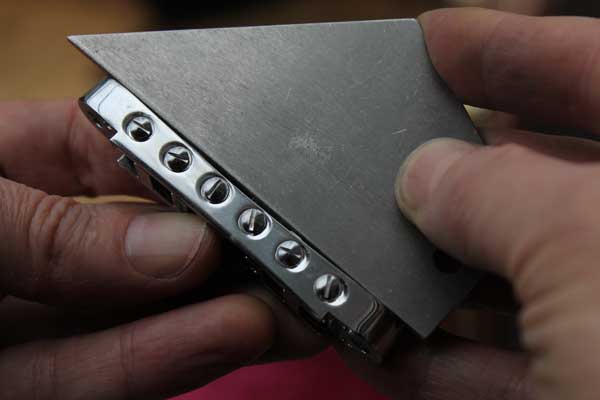
Tune-o-matic bridge as found on Gibson and other guitars was designed by Ted McCarty and introduced in the mid 1950s as the ABR-1. The design was updated by Schaller in the 1970s and the new bridge being termed the “Nashville” bridge by players as its introduction coincided with the Gibson factory’s move from Kalamazoo to Nashville. …
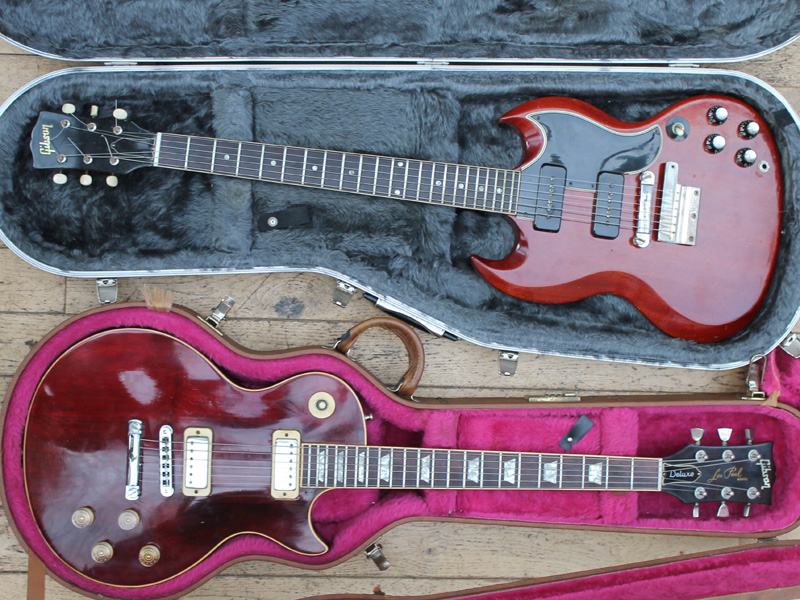
These two Vintage Gibsons came in, each needing a new nut. The mid-1960s SG Special had a nut cut too low meaning that the unfretted strings were buzzing against the first fret. I replaced this with a nut made from bleached bone. I had to use an oversize blank as the person who previously replaced …
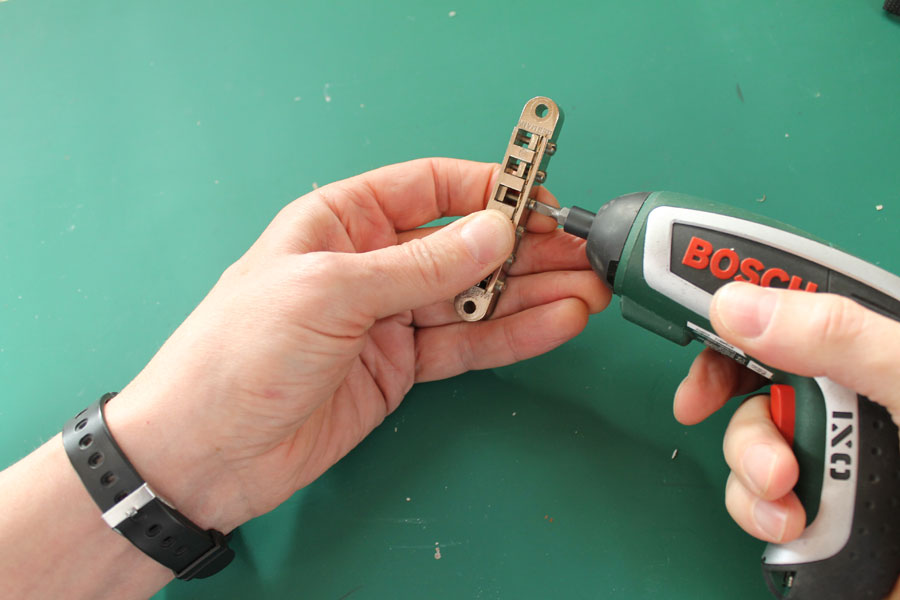
NOTE This applies only to the original Schaller bridge and exact copies. I often read that people find it difficult to change the saddles in a Gibson “Nashville” bridge. This bridge was introduced in the mid 70s, replacing the original ABR-1 Tune-o-matic bridge which had been designed at Gibson in the early 1950s by Ted McCarty. …
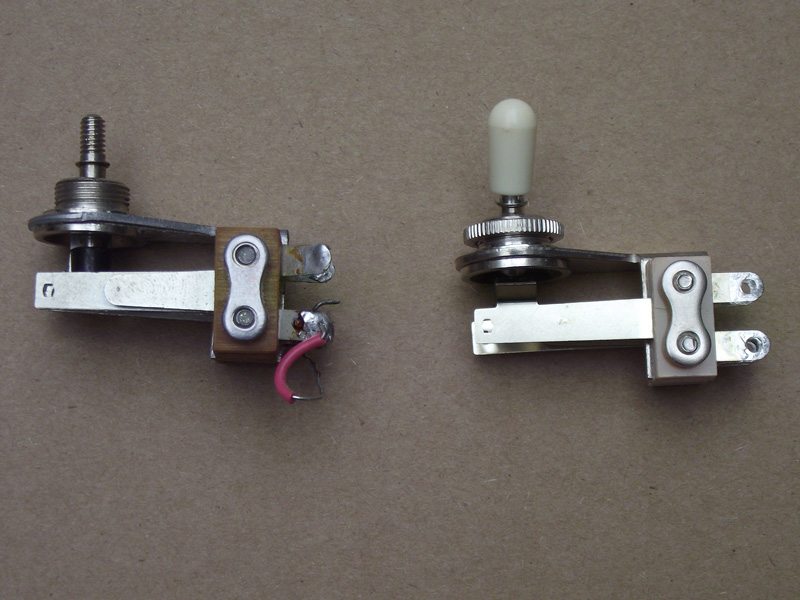
In the mid-70s, some Gibson semi-acoustics such as the ES-335 and ES-347 were fitted with coil splitting switches, which shorted out one coil of each pickup to provide a single coil sound. I think this was a nod to fashion as thanks to disco and in particular Nile Rogers, the Fender Stratocaster sound was all …
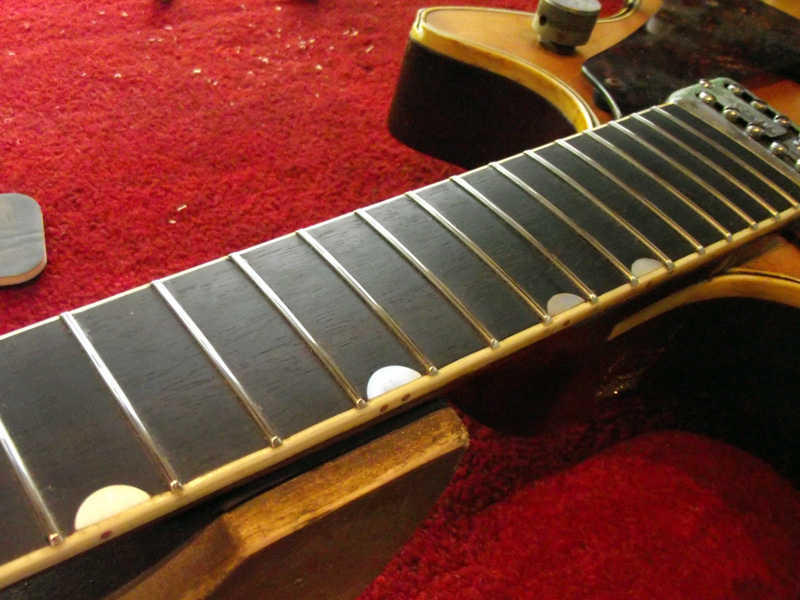
When refretting this 1967 Gretsch Firebird, I noticed two small holes in the 14th fret slot and another two in the 2nd fret slot. I’ve never seen these before but imagine that they are for locating pins to ensure correct positioning of the fretboard when it’s being glued to the neck? There is not much …

